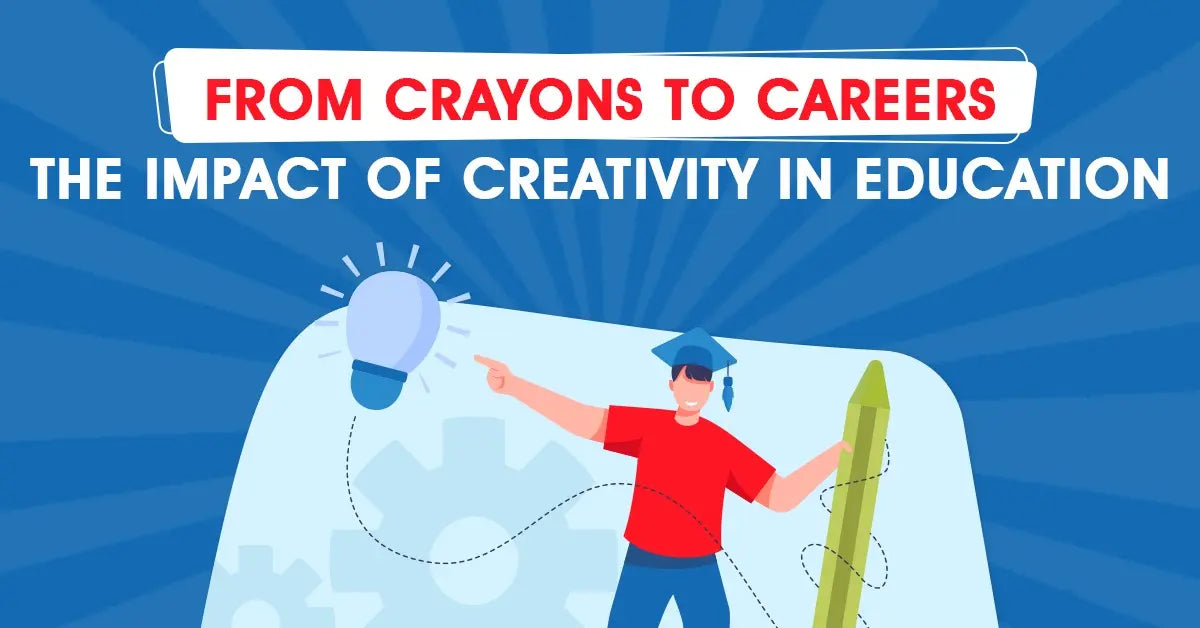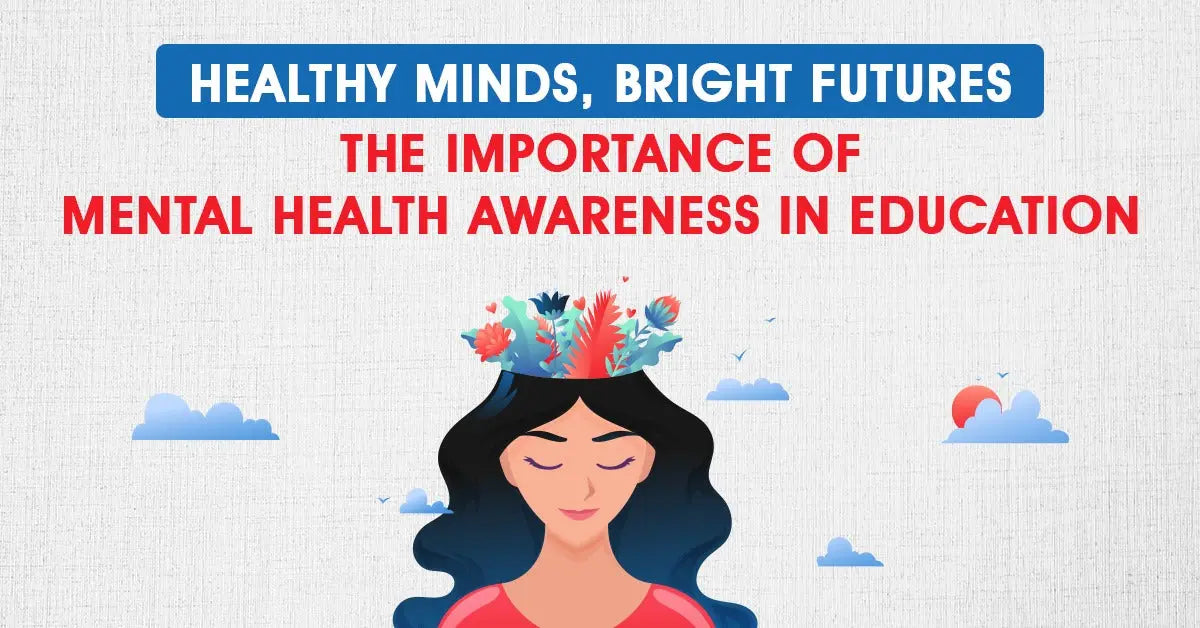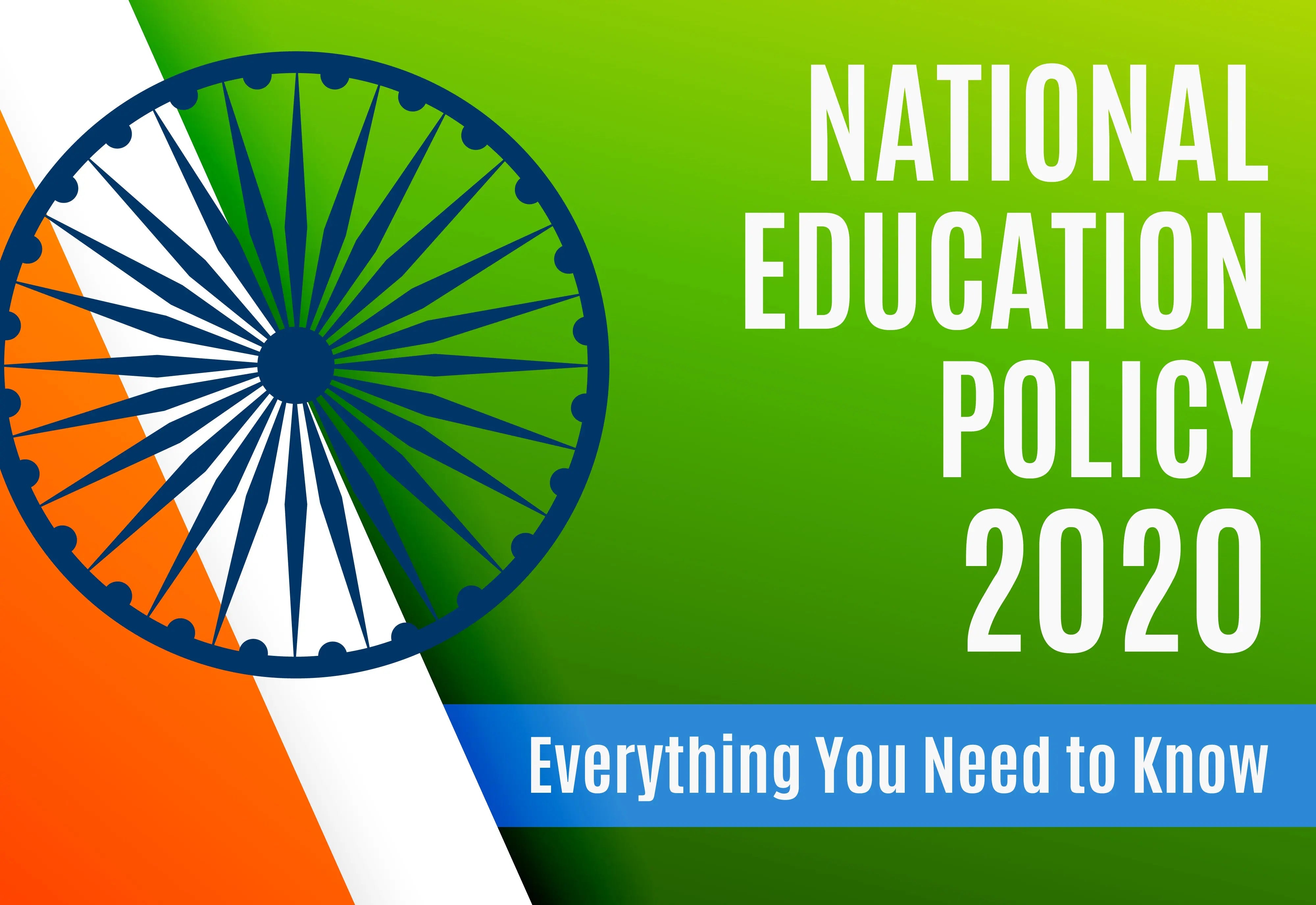"Technology is just a tool. In terms of getting the kids working together and motivating them, the teacher is the most important."
- Bill Gates
While education technology can never replace the role of a teacher, it can certainly enhance their ability to teach and engage students. From smartboards to AI tutors, education technology has come a long way in the past few decades. It has transformed the way we teach and learn and has the potential to revolutionize education as we know it. As we continue to explore the possibilities of education technology, we can expect to see even more innovative and exciting developments in the years to come.
So, let’s explore the evolution of education technology and how it has transformed the way we approach education.
The Rise of Smartboards
Smartboards, also known as interactive whiteboards, are one of the most well-known examples of education technology. These digital whiteboards allow teachers to create dynamic and interactive lessons by combining traditional whiteboard writing with multimedia content.
According to a study conducted by the National Center for Education Statistics, 81% of public school classrooms in the United States had a smartboard or other type of interactive whiteboard in 2015.
The Impact of Smartboards
Smartboards have had a significant impact on education. They allow teachers to create engaging and interactive lessons that can capture students' attention and keep them engaged. Smartboards also enable teachers to incorporate multimedia content such as videos, images, and interactive games into their lessons, making learning more fun and engaging. As a result, students are more likely to retain information and enjoy the learning process.
The Rise of Online Learning
Online learning has been around for a while, but did you know? It actually took off in the early 2000s with the rise of Massive Open Online Courses (MOOCs). MOOCs are online courses that are open to anyone, anywhere in the world. They are typically free or low-cost and offer a wide range of topics, from computer science to business to history.
The Impact of Online Learning
Online learning has made education more accessible than ever before. It allows people who may not have access to traditional education opportunities, such as those in rural or remote areas, to learn and acquire new skills. Online learning also allows people to learn at their own pace and on their own schedule, making it more convenient for busy adults.
MUST READ: CHANGE YOUR QUESTIONS, CHANGE YOUR LIFE - TEACH YOUR STUDENTS HOW TO ASK BETTER QUESTIONS
The Rise of Personalized Learning
Personalized learning is a teaching approach that tailors instruction to meet the individual needs and interests of each student. This approach uses technology to create customized learning experiences that are tailored to each student's unique learning style, pace, and interests.
The Impact of Personalized Learning
Personalized learning has the potential to revolutionize education. By tailoring instruction to meet the unique needs of each student, personalized learning can help students learn more effectively and efficiently. It also has the potential to reduce achievement gaps and increase student engagement and motivation.
The Rise of AI Tutors
Artificial Intelligence (AI) has already had a significant impact on many industries, including education. AI tutors are virtual tutors that use machine learning algorithms to analyze student data and provide personalized feedback and instruction.
The Impact of AI Tutors
AI tutors have the potential to transform the way we teach and learn. They can provide students with personalized instruction that is tailored to their individual needs and learning styles. They can also help teachers identify areas where students may be struggling and provide targeted support to help them improve. As AI technology continues to advance, the potential impact of AI tutors on education is only going to increase.
Conclusion
As we move forward, it's important to continue to strike a balance between using technology as a helpful tool and ensuring that it doesn't become a substitute for human interaction and personalized learning. Teachers should always remain at the center of the classroom, using technology to supplement and enhance their teaching strategies.
Additionally, it's essential to provide teachers with adequate training and support to effectively integrate technology into their classrooms and to ensure that they have access to the best possible tools and resources. Ultimately, the goal should be to use technology to improve education outcomes and empower teachers to help students succeed in the ever-changing digital world.














